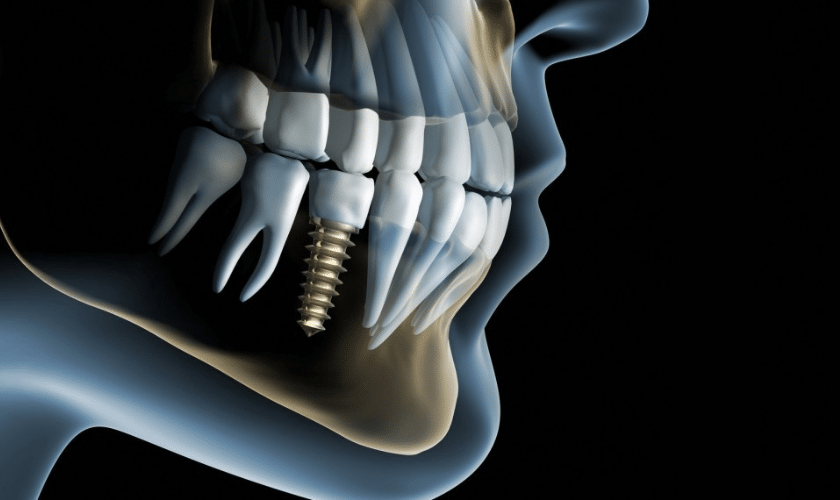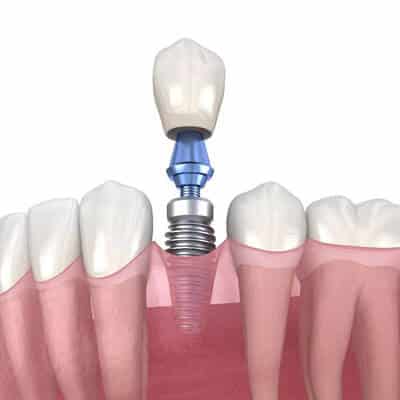
Are you experiencing a toothache? Root canal therapy (RCT) may be the solution. Root canal therapy is a form of dentistry that can save a severely decayed or infected tooth from being extracted. It’s an effective procedure for treating diseased pulp, which contains nerves and blood vessels in the center of the tooth and surrounding tissues. Root canal therapy restores health to teeth affected by extensive decay or infection. This blog post will explain what root canal therapy is and how it can help save your tooth.
What Is Root Canal Therapy?
Root canal therapy is a dental treatment used to repair damaged teeth caused by bacterial infections, trauma, or deep tooth decay. Root canal therapy involves removing the center of the tooth, the pulp, along with any bacteria and infected tissue. Once this is done, the space is filled with a special material to prevent further infection. Root canal treatment can help save a severely decayed or infected tooth from being extracted.
Root Canal vs. Filling
Root canals are often confused with fillings because they are used to treat damaged teeth. Fillings are used when there is only a small amount of damage, such as cavities or minor chips. However, root canals involve more than just filling in a cavity – it also requires cleaning out and disinfecting the tooth’s interior before repairing it. Root canals are much more extensive and require a deeper level of treatment.
Root Canal Procedure
The root canal procedure is usually completed in one or two visits to the dentist’s office. During the first visit, your dentist will take x-rays of your teeth to evaluate the extent of the damage and determine if a root canal is necessary. After numbing the area around the tooth, your dentist will use specialized tools to open up and clean out the infected pulp inside your tooth. Once this is complete, they will fill in the empty space with a special material called gutta-percha and seal it off. During the second visit, your dentist may place a crown over your treated tooth for added protection.
Root Canal Benefits
Root canals have several benefits. One of the main advantages is that they can help save your natural tooth, which in turn preserves the structure and function of your mouth. Root canal therapy is also a relatively pain-free and typically requires minimal recovery time. Lastly, root canals are cost-effective, as they can help avoid costly treatments such as dental implants or bridges.
How Can Root Canal Therapy Save Your Tooth?
Root canal therapy has been used for decades and is one of the most successful forms of dental treatment. Root canal therapy helps to prevent further damage to your tooth by removing the infected tissue and filling it with a particular material that prevents future infection. Root canal therapy also helps restore your tooth’s strength and function, thus saving it from being extracted.
Root Canal Therapy Can Prevent Tooth Extraction
If a severely decayed or infected tooth is not treated with root canal therapy, it may need to be extracted. Getting a root canal can help save the tooth from being pulled out and preserve your existing dental structure. Root canal treatment can also help improve the appearance of your smile by keeping your natural teeth intact.
Root Canal Treatment Is Cost-Effective
Root canals may seem expensive, but when compared to other treatments such as implants or bridges, they are much more cost-effective in the long run. Root canal therapy can help you save money by preserving your natural teeth and avoiding costly treatments down the road.
Root Canal Therapy Is Relatively Pain-Free
Root canals are typically completed in two visits and involve minimal pain or discomfort. Your dentist will use a local anesthetic to numb the area before beginning the procedure, so most people don’t experience much discomfort while it’s taking place. After the root canal is complete, you may experience some sensitivity for a few days but this should gradually improve over time.
Conclusion: Root canal therapy is one of the most successful forms of dental treatment available today, with a 95% success rate when performed correctly. Root canal therapy helps to restore strength and function to a damaged tooth while also preserving the existing structure of your mouth. The procedure is relatively painless and cost-effective, making it a great option for those looking to save their tooth from being extracted.
FAQs:
Q: How successful is Root Canal Therapy?
A: Root canal therapy has a 95% success rate when performed correctly.
Q: Is Root Canal Therapy painful?
A: Root canal therapy typically involves minimal discomfort and most people don’t experience much pain during or after the procedure. Your dentist will use a local anesthetic to numb the area before beginning the treatment, so you shouldn’t feel any discomfort while it’s taking place.
Q: How long does Root Canal Treatment take?
A: Root canal therapy is typically completed in two visits. During the first visit, your dentist will clean out the infected tissue and prepare the root canal. During the second visit, your dentist may place a crown over your treated tooth for added protection.











